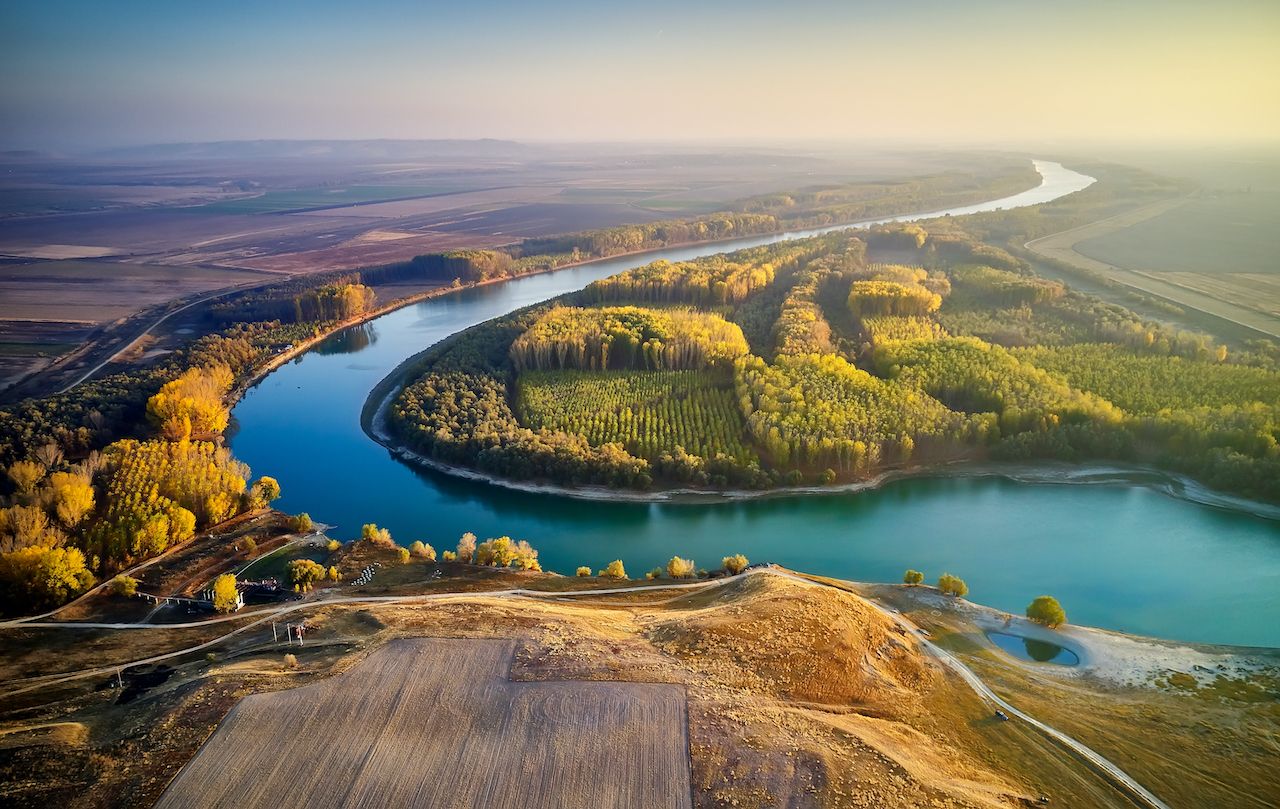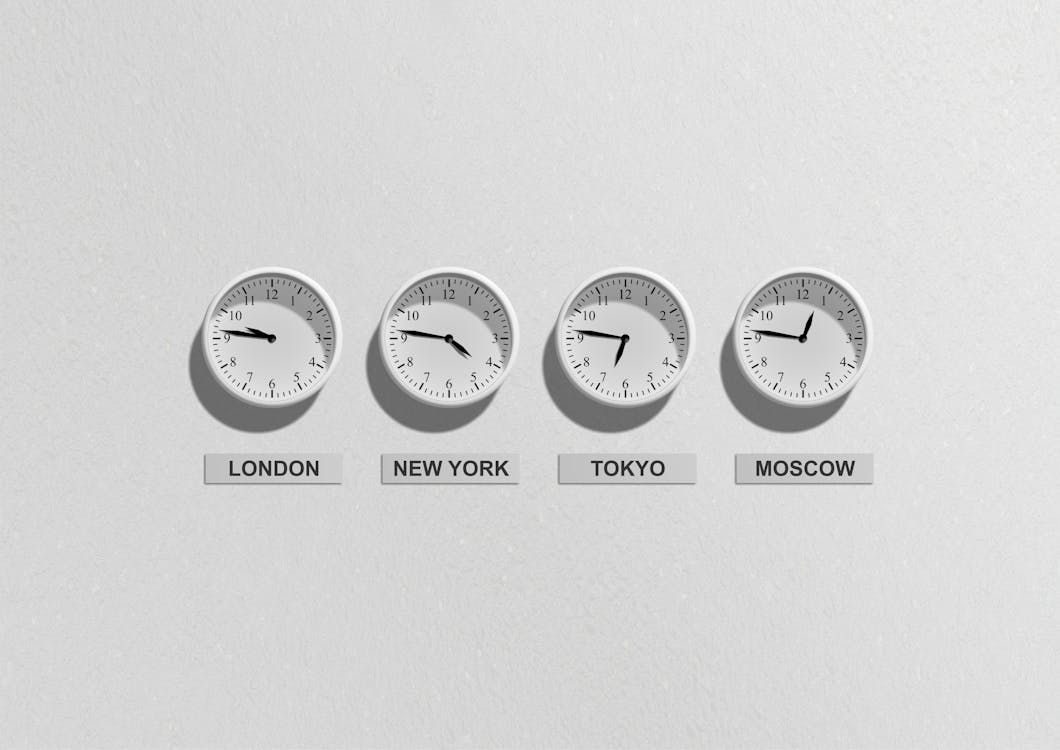European Union’s longest river | Danube River – Facts
The Danube River and its wetlands are vital habitats for diverse bird species. These areas serve as breeding grounds, stopover points, and wintering sites for waterfowl like herons, egrets, ducks, and geese. Migratory birds, including the white stork and various shorebirds, depend on the Danube corridor for their seasonal journeys.
The Danube River spans over 2,850 kilometers from its source in Germany’s Black Forest to its end in the Black Sea, making it the longest river in the European Union and The second-longest river in Europe after the Volga. This massive river is an important European watercourse, passing through countries. Germany, Austria, Slovakia, Hungary, Croatia, Serbia, Bulgaria, Romania, Moldova, and Ukraine are some of these countries.
In addition to drinking water, the Danube supports agriculture by providing irrigation water for crops grown in the fertile floodplains along its banks. This agricultural activity contributes to the food security of the region.
Today, the Danube remains an essential transport route for the countries of Central and Eastern Europe. It connects landlocked countries to international markets and facilitates the transportation of goods such as grain, coal, and oil.
Historical Significance – European Union’s longest river
Firstly, the Danube played a crucial role in the development of ancient civilizations. It provided sustenance and resources for cultures such as the Thracians, Celts, and Illyrians, fostering their growth and prosperity. During the Roman Empire, the Danube served as a natural border, forming the northern frontier known as the “Danube Lines.” This strategic position helped define and defend the empire’s boundaries.
Over many years, lots of kingdoms and empires came and went by the Danube River, leaving behind a bunch of Great stories. There were the Bulgarian Empire, Hungarian Kingdom, and Ottoman Empire, all of them leaving their mark on the area’s history and culture.
In modern times, the Danube played a pivotal role in the industrialization of central Europe. It served as a vital transportation route for trade and commerce, facilitating the growth of cities along its course and contributing to the economic development of the region.
The Danube’s strategic importance was further highlighted during both World War I & II when it became a battleground of significant military engagements. Additionally, during the Cold War, the Danube served as a symbolic divide between East and West Europe, reflecting ideological tensions and geopolitical realities.
Today, the Danube stands as a testament to the shared heritage and unity of European nations. It symbolizes cooperation and collaboration, transcending its historical role as a site of conflict to become a symbol of peace and unity in the region.
Why Mona Lisa painting is so famous? | Maya (mayathevoice.com)
The Danube Delta – European Union’s longest river
The Danube Delta is like a big, special place where the river meets the sea in Romania. It’s one of the largest and most well-preserved river deltas in all of Europe. Picture this: lots of water and land mixing together, making a unique landscape full of marshes, lakes, and islands.
This place is home to so many different kinds of plants and animals, making it super diverse. You’ve got birds flying around, fish swimming in the water, and all sorts of plants growing everywhere.
People think the Danube Delta is so cool that it’s even been named a UNESCO World Heritage Site. That means it’s recognized as a really important place that needs to be protected so it can stay awesome for a long time.
This delta, ranking as Europe’s second largest and boasting exceptional preservation, hosts a vibrant and dynamic ecosystem. It nurtures a diverse array of wetland habitats, dotted with countless lakes and ponds, and serves as a haven for over 330 bird species and 45 freshwater fish species.Migratory birds, including the white stork and various shorebirds, depend on the Danube corridor for their seasonal journeys.
Nanomites: Tiny Machines, Big Impact | Maya (mayathevoice.com)
Energizing the Danube Region
Most countries along the Danube rely heavily on hydropower for their electricity needs. The upper part of the river is particularly suitable for building hydropower plants because of its natural slope. There are 59 dams built along the first 1,000 kilometers of the Danube, which means there’s a dam about every 16 kilometers on average.
In Austria, about 60% of the electricity comes from hydropower, with 20% of that being generated along the Danube itself. Slovakia also relies on hydropower, with around 16% of its energy mix coming from it, including 11% from the Gabcikovo hydropower plant.
The largest hydropower system along the Danube is at the Djerdap Gorge, with two dams jointly operated by Serbia and Romania. These dams produce about 37% of Serbia’s total energy and 27% of Romania’s, making them crucial for the energy needs of both countries.
Overall, the Danube River and its tributaries serve as invaluable sources of hydroelectric power, contributing to energy security, economic growth, and environmental sustainability in the regions they traverse. As societies continue to seek clean and renewable energy solutions, hydroelectric power will likely remain a cornerstone of the energy mix along the Danube River basin.
Pollution and Water Quality
Environmental concerns along the Danube River encompass pollution, habitat degradation, invasive species, and the impacts of hydropower development, exacerbated by climate change. Pollution from agricultural runoff, industrial discharges, and untreated sewage threatens water quality and aquatic habitats, necessitating stricter regulations and sustainable practices.





Woh I like your content, saved to my bookmarks! .
I do not even know how I ended up here, but I thought this post was good. I don’t know who you are but definitely you’re going to a famous blogger if you are not already 😉 Cheers!